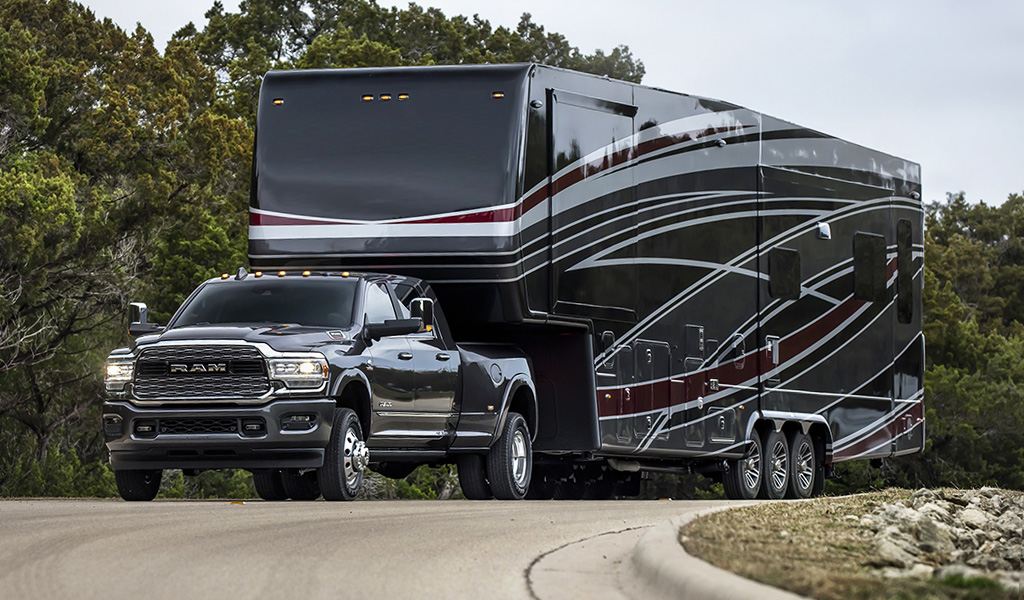"Will adding an air suspension kit or helper air spring kit increase my truck's GVWR?" Is this a question that has crossed your mind?
If your truck is sagging while hauling heavy loads and you're thinking of adding some load support with the intention of increasing your GVWR, you should read the fine print that clearly states "Do not exceed vehicle's GVWR". No form of load support will will increase your trucks GVWR.
Air springs or air bags simply provide you with added support and better control for an overall smooth, safe ride.
Some of you may wonder why the air bags don't increase the GWVR of the vehicle. To understand this, we can take a look at a few concepts. We have also included the concepts of GCWR and Payload for those wanting to learn more.
What is GVWR?
GVWR is defined as the gross vehicle weight rating of a vehicle and it is a number set by the manufacturer based on extensive testing.
It includes vehicle weight, fluids at full level (oil, coolant, gas etc), passengers, cargo and tongue weight of trailer.
This GVWR is derived from truck model, frame strength, transmission strength, gear ratios, engine torque, engine cooling capacity, suspension stiffness, brake power, wheel and tire load capacity.
What is GCWR?
GCWR is defined as the gross combined weight rating of a vehicle and it is a also a number set by the manufacturer. It includes vehicle weight, fluids at full level (oil, coolant, gas etc), passengers and cargo AND the weight of the trailer, fluids and cargo in the trailer.
What is Payload?
Payload = GVWR – Curb weight of truck
It is the maximum weight of passengers, cargo and trailer tongue weight a truck can carry in the cab, bed & hitch. It is determined by the manufacture based on GVWR and options chosen for the truck such as leather interior, upgraded sound system, sun roof and other features that add weight.
A lighter truck means a higher payload, therefore a 4X2 truck with a small cab, and minimal options will have a higher payload versus a 4X4 which will see a lower payload.
So where do you find the numbers for GVWR, GCWR and the Payload capacity? These are usually indicated on a sticker on the door jamb or are a part of the owner's manual.
Finally, even if frame strength, brakes, engine tires etc performance were all increased above factory, the legal GVWR, GCWR and Payload for the vehicle is unchanged as it is tested and set by the manufacturer. Violation of the GVWR can result in fines, loss of liability insurance, or overwhelm your vehicle's brakes or drivetrain.
Another important thing to note is that the load rating on the air bag kits (5000 lbs for our standard kit) is the rating for the air bags and kit itself. It does not relate to the GVWR of the truck.
You might also want to read on the different types of Air Bag kits Pacbrake offers.
Still have questions? Contact us or call us on 800.663.0096.


